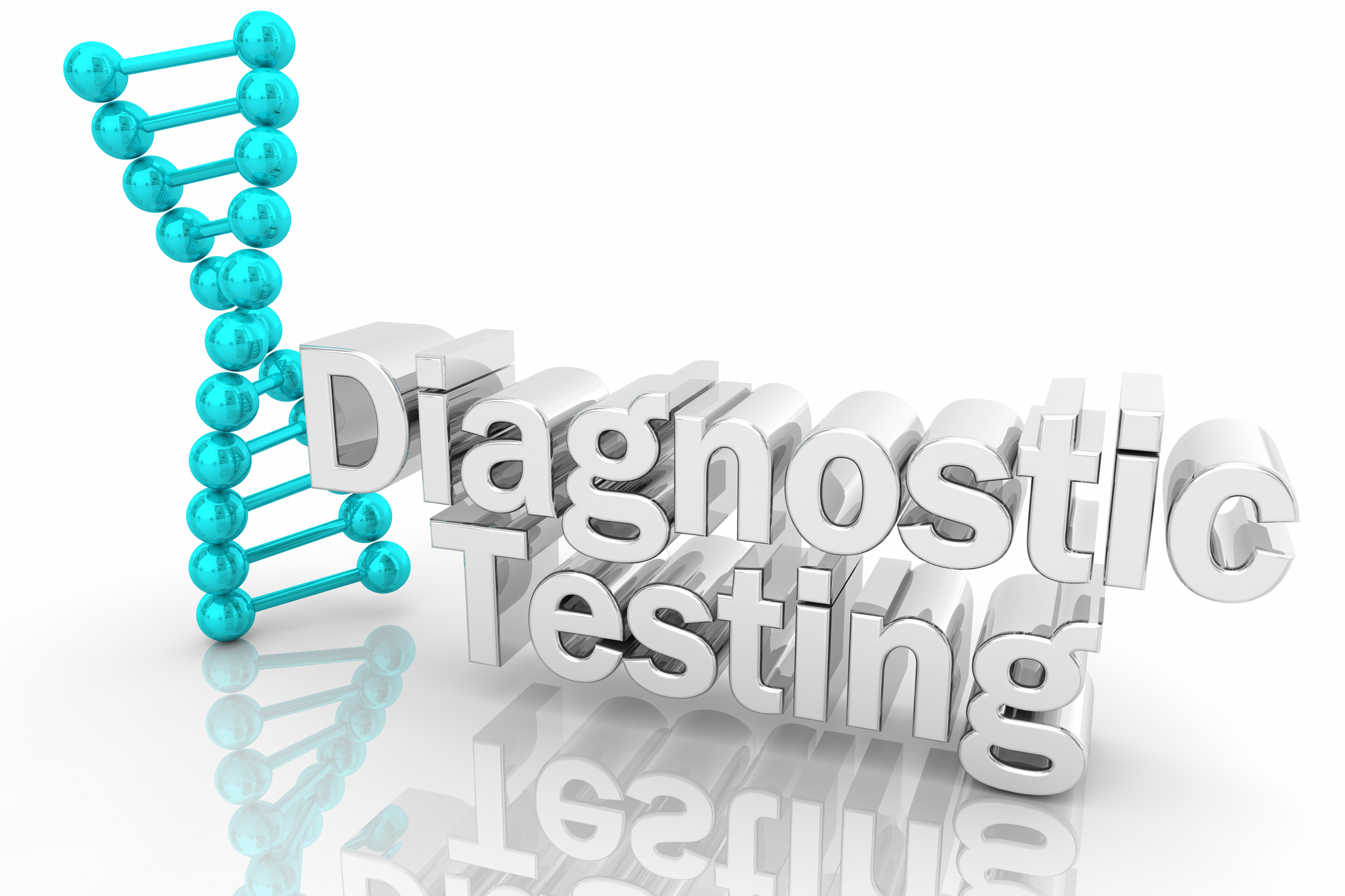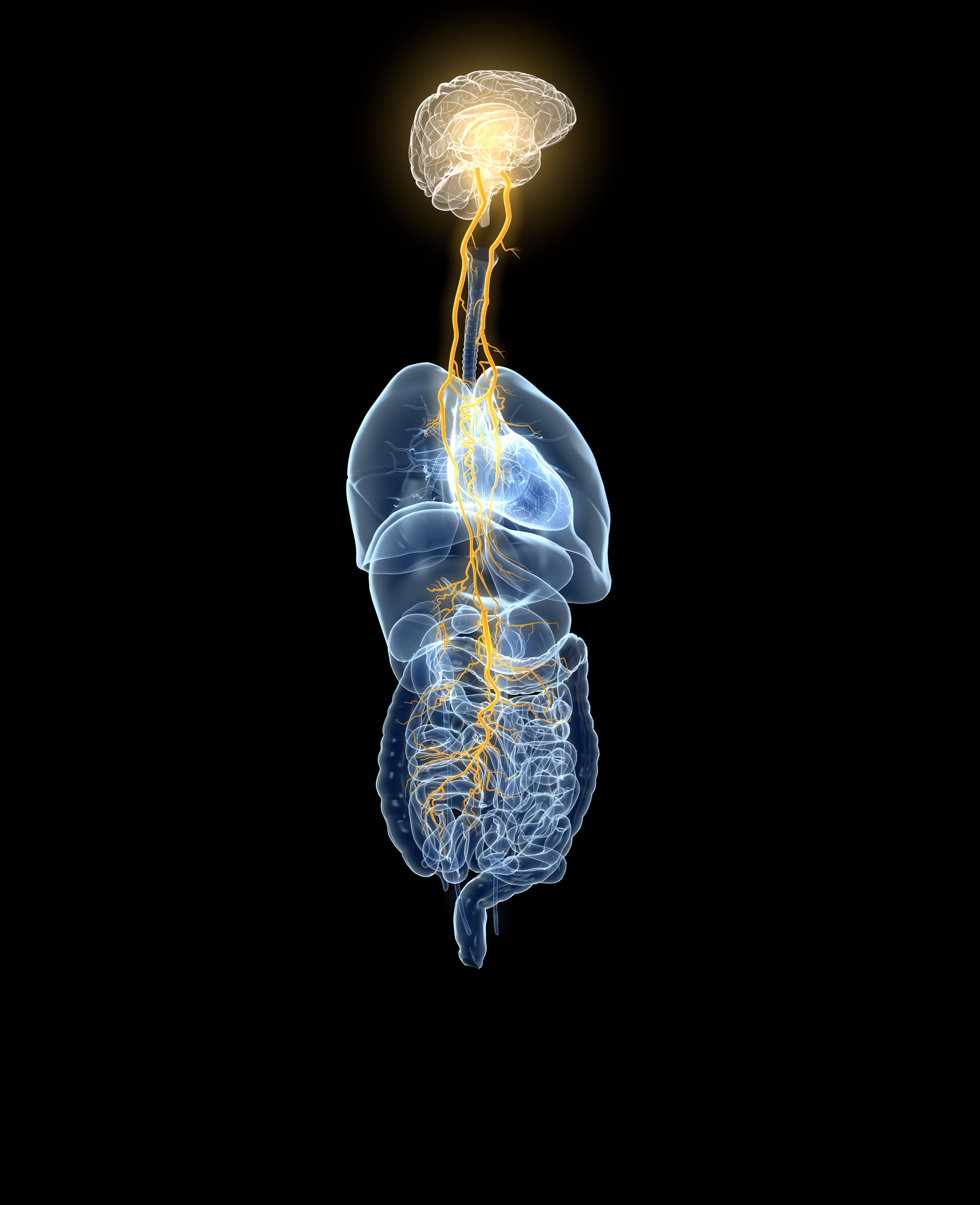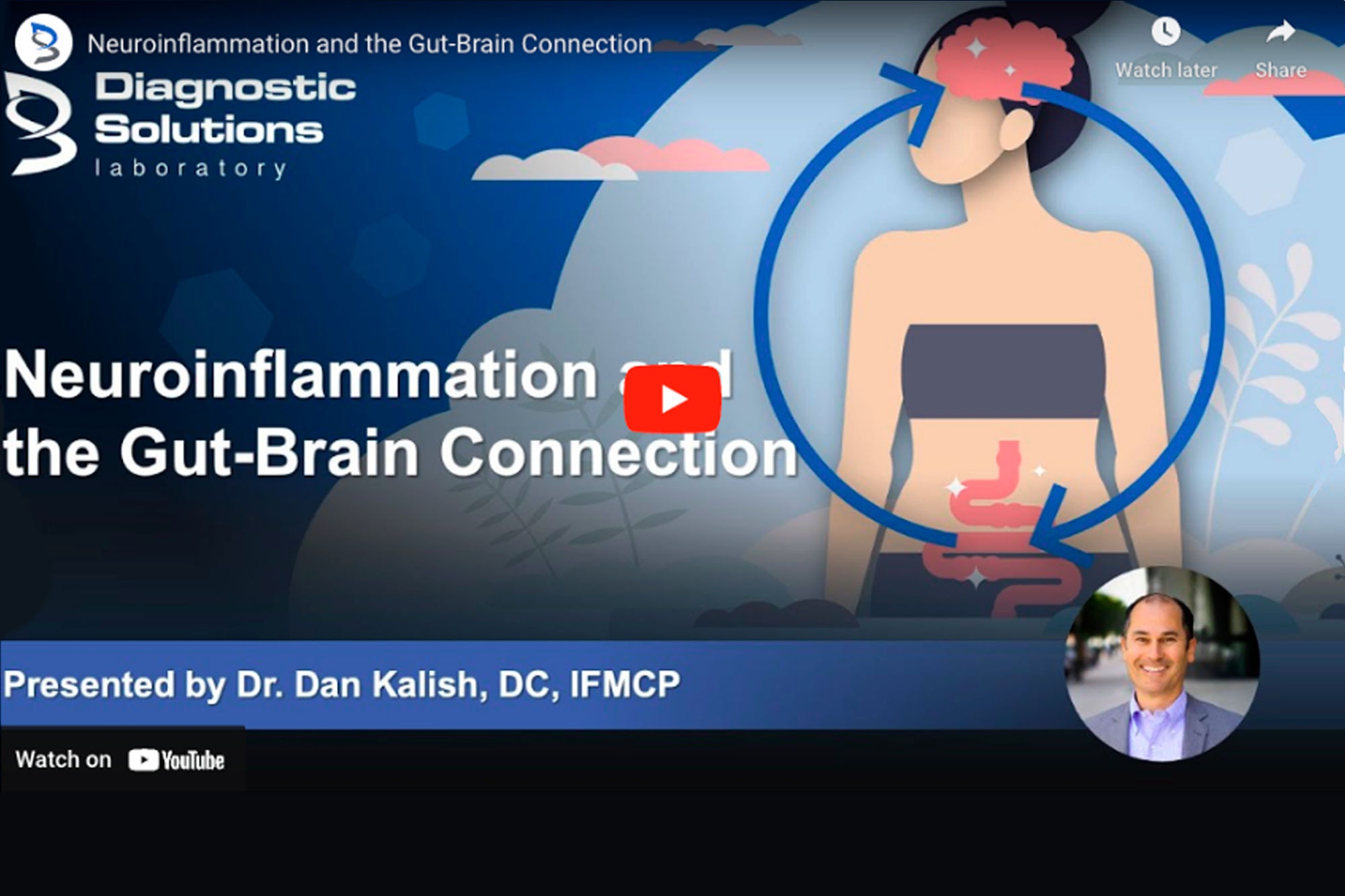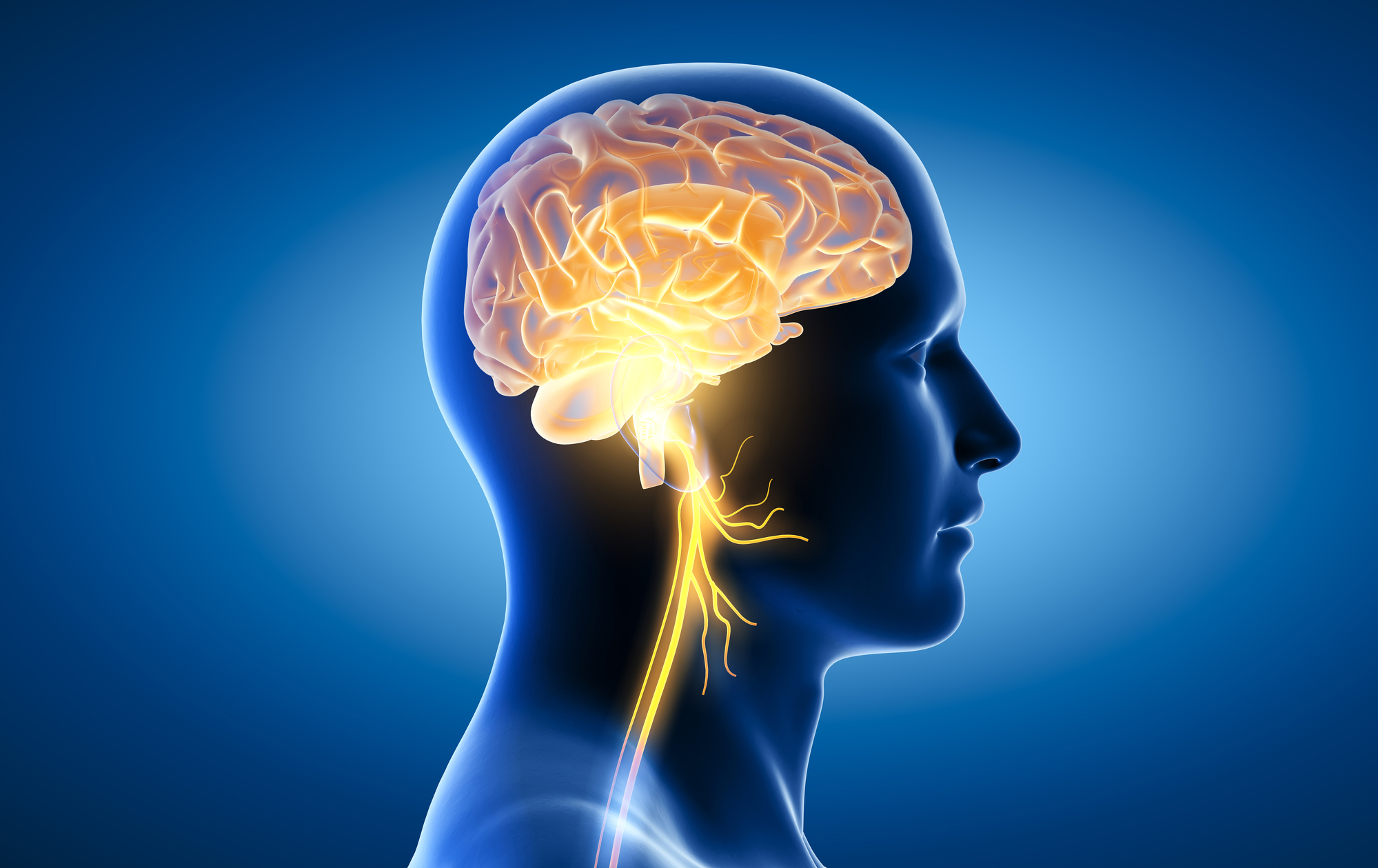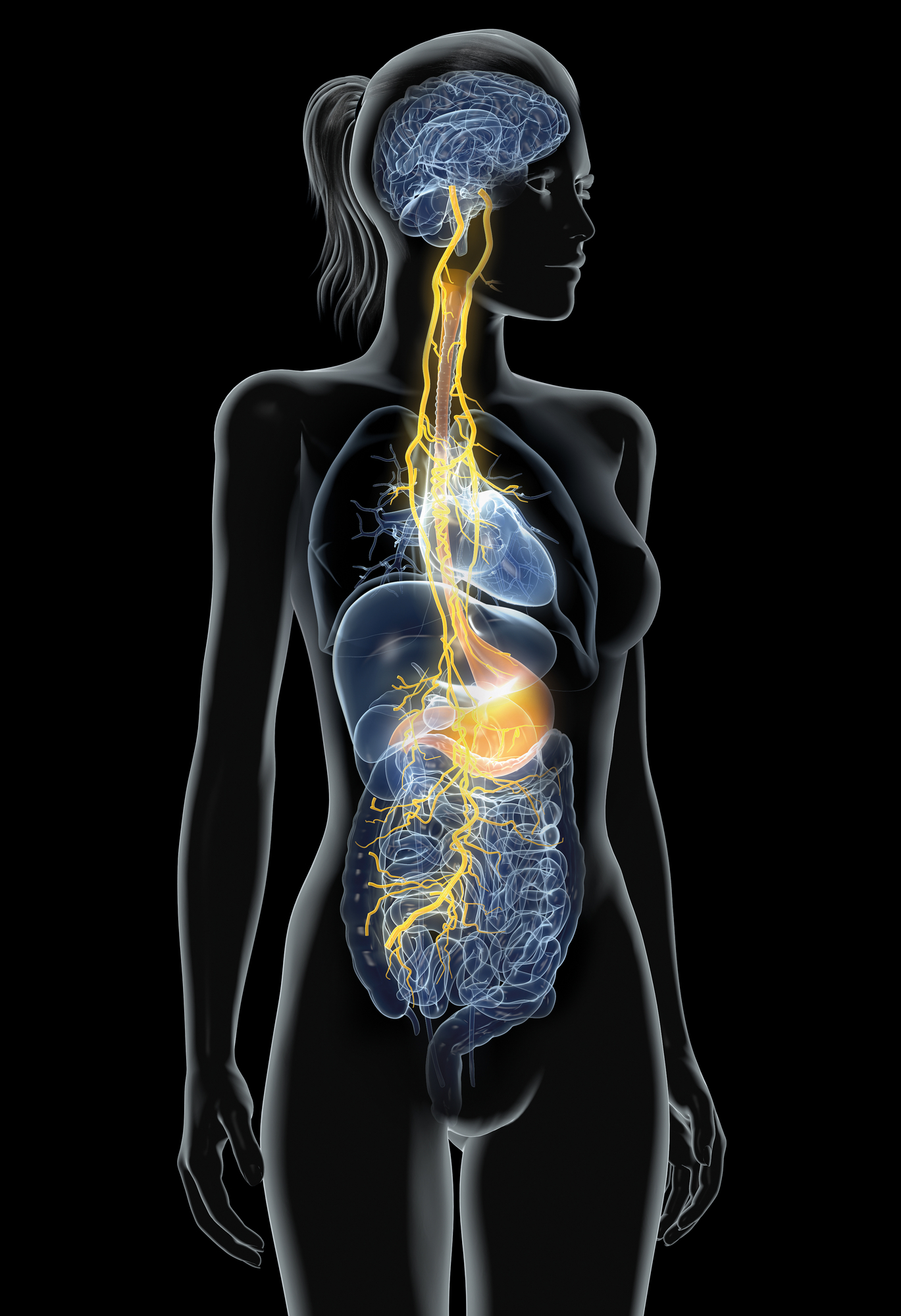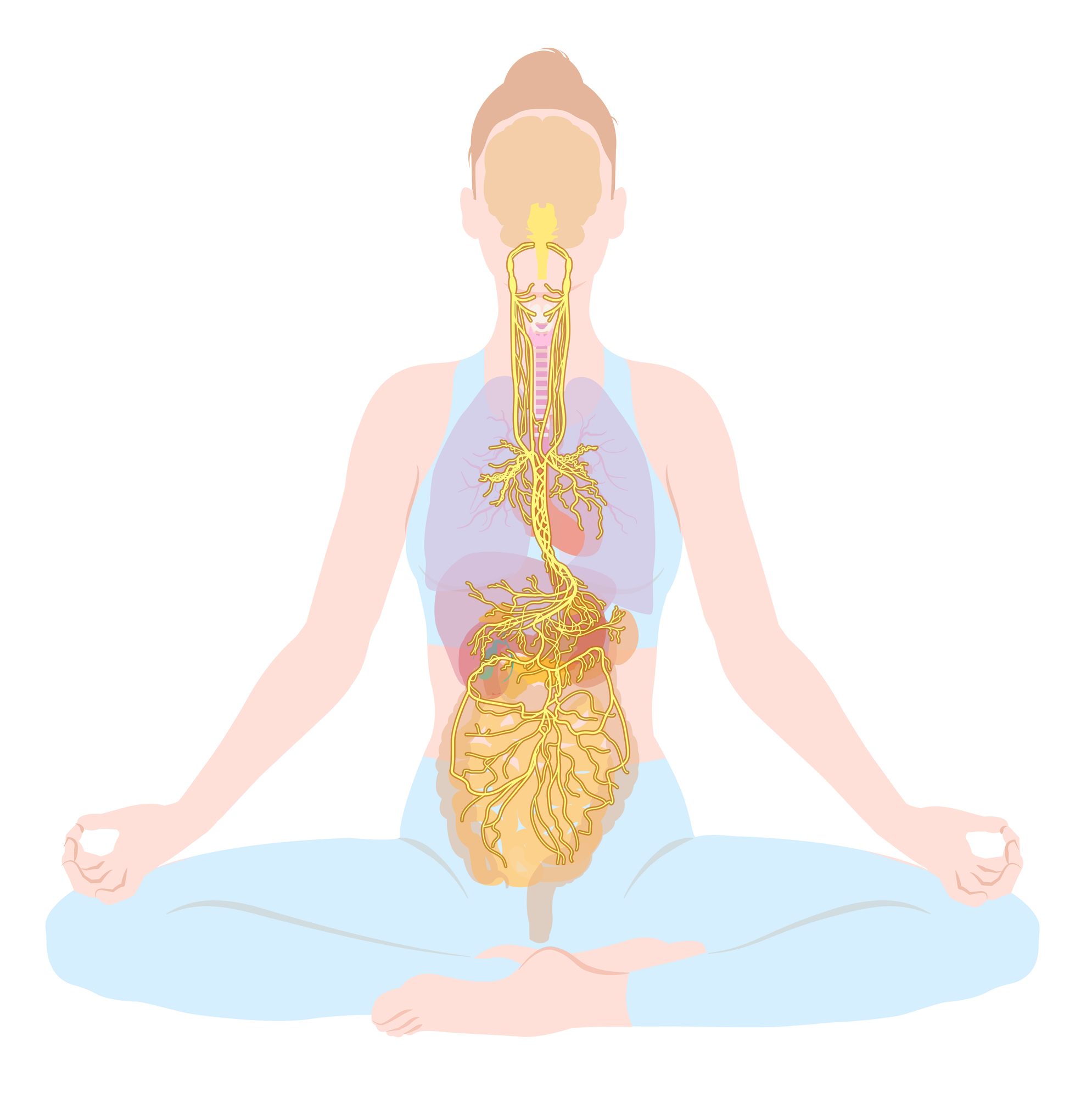Gut-Brain Axis Intake Form
Gut-brain axis (GBA) problems can have widespread effects causing nonspecific symptoms throughout the body. Getting to the root of those symptoms takes some sleuthing, but this Gut-Brain Axis Assessment Intake Form streamlines the process. It guides you through a thorough assessment, allowing you to tease out clues and dive deeply into any GBA-related symptoms.




